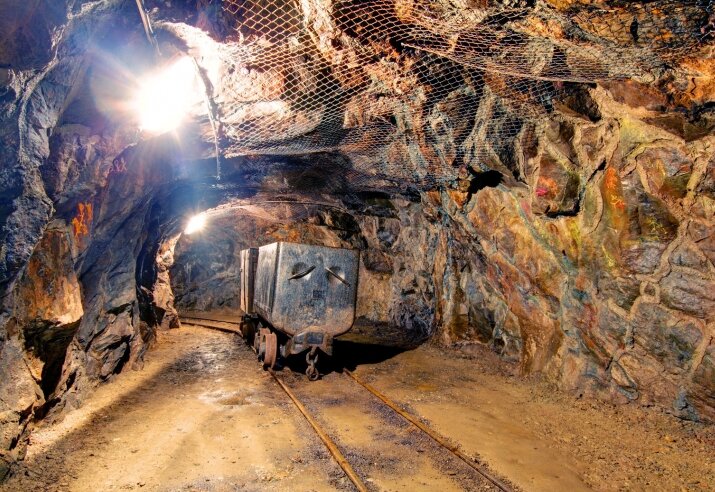Tragic Gold Mine Collapse in Western Mali Claims 48 Lives
The recent tragedy in Bilalkoto, a village in the commune of Dabia, has shocked the community and raised concerns about safety in artisanal mining. This unfortunate incident occurred in the Kenieba district of the Kayes region and has resulted in significant loss of life and injuries.
According to a local official who spoke to Xinhua on the condition of anonymity, a Caterpillar machine fell onto an artisanal mine where several women were engaged in gold mining activities. The details of the incident are as follows:
- Fatalities: “48 women died on the spot,” as confirmed by the official and other witnesses.
- Injuries: Approximately 10 severely injured individuals were transported to a local hospital for urgent medical care.
- Uncertain Toll: “Some sources report around 50 deaths. However, for now, it is difficult to confirm an exact toll, even provisionally, as the number could rise at any moment due to the severity of some injuries,” stated the official.
- Ongoing Rescue Operations: Rescue efforts are still in progress, with authorities working to assess the situation further.
This incident is not isolated, as there have been previous occurrences of mining disasters in the region. For instance, on January 29, a gold mine collapse in the Danga area of the Kangaba district, Koulikoro region, resulted in the tragic loss of about 10 lives.
The artisanal mining sector, while providing livelihoods for many, often operates under hazardous conditions with inadequate safety measures. This has led to a rising number of accidents, highlighting the urgent need for regulatory oversight and improved safety protocols.
In light of this tragedy, it is crucial to address the following key points regarding safety in artisanal mining:
- Regulatory Framework: Establishing a robust regulatory framework to ensure safe mining practices is essential.
- Training and Awareness: Providing training for miners on safety measures and emergency response can help prevent future accidents.
- Equipment Safety: Regular maintenance and checks on mining equipment can significantly reduce the risk of machinery-related accidents.
- Community Support: Enhancing community support structures for miners and their families can aid in recovery from incidents.
As the community mourns the loss of these women, it is essential that authorities take decisive action to prevent such tragedies in the future. Strengthening safety protocols and ensuring that miners are protected while they work is paramount.
The need for immediate reforms in the artisanal mining sector cannot be overstated. Stakeholders, including government officials and mining companies, must collaborate to create a safer working environment. This includes not only regulatory changes but also providing miners with the necessary tools and knowledge to work safely.
In conclusion, the heartbreaking event in Bilalkoto serves as a reminder of the dangers faced by those involved in artisanal mining. The community’s resilience and the call for better safety standards are vital in honoring the memory of the victims and ensuring such incidents do not happen again.
As rescue operations continue and the full impact of this tragedy is assessed, it is hoped that it will ignite a conversation about mining safety that leads to meaningful changes. The lives lost in this incident must not be in vain; rather, they should inspire a movement towards safer mining practices and better protections for those who work in this perilous industry.






